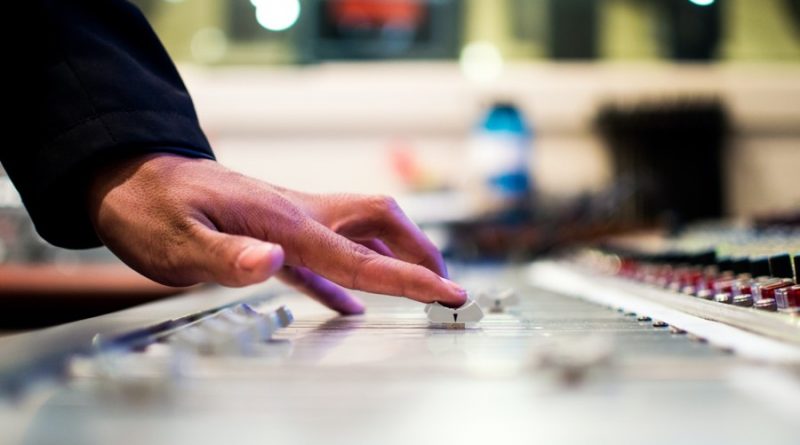How does Digital Signal Processing Work?
If you have ever read the abbreviation DSP, learning it stands for digital signal processing might not have cleared up a lot for you. This technology is an important part of our day-to-day life and integral to digital technology.
What exactly is DSP, and how do we use this technology to process and modify analog and digital signals?
What is Digital Signal Processing?
Signal Processing describes an electrical engineering field that allows us to analyze, modify, or synthesize signals. As for digital signal processing (DSP), we are talking about digital signals such as sound or images.
DSP takes (usually analog) signals from real-world sources and converts them into digital data, where we can easily analyze and modify them. Once we have converted and edited the digital data, we can use DSP technology to turn it back into an analog signal that has now been improved or changed in one way or the other.
We can use DSP to create different effects. Some modern goals are the filtering of digital images, speech recognition, or data compression.
To utilize these techniques, we use general purpose-computers, digital circuits, or specialized digital signal processors, such as the miniDSP 2×4 HD.
Applications
Applications for DSP include:
- Audio signal processing
- Audio data compression
- Video data compression
- Computer graphics
- Digital image processing
- Photo manipulation
- Speech processing
- Speech recognition
- Data transmission
- Radar
- Sonar
- Financial signal processing
- Economic forecasting
- Seismology
- Biomedicine
- Weather forecasting
Real-Life Examples
A simple example of DSP technology for our daily use is the improvement and modification of sound. When we record sound with a microphone, we can now use the digitized data to change the sound we have recorded. We can filter noise from the original signal or amplify other frequencies. This technology is used in cellphones or webcam microphones to filter out background noise and make a conversation easier to follow.
A DSP is the brain of a cochlear implant. It takes the analog signals of sound and makes them available to the deaf person. DSP technology is also heavily featured in the entertainment industry. Audio technicians use them to improve and change the audio recordings by using features such as:
- Volume and Gain Control
- Filters
- Equalization
- Dynamics Processor
- Compressors
- Limiters
- Expanders
- Noise Gates
- Automatic Gain Control
- Delay
- Automatic Mixers
- Feedback Reducers
- Echo Cancelers
DSP isn’t reduced to audio signals. The DSP technology can also take analog video footage and turn it into the zeros and ones that make it possible to display and edit it as a digital medium. This means DSP is integral to digital technology, telecommunication, and wireless communication.
How Does DSP Work?
A DSP is made from several key components:
- Program Memory: The Program Memory holds the programs that are used to process data.
- Data Memory: The Data Memory stores the information that will be processed.
- Compute Engine: The Compute Engine uses the program stored in the program memory to access the data and to perform the math processing needed to transform it.
- Input/Output: The Input and Output component connects the DSP with the outside world via ports and timers.
Analog mediums like film use real-world elements, such as light, temperature, and pressure, to capture signals. The DSP takes this signal and digitizes it, to make it displayable and changeable. Often, the digital signal is then transformed back into analog form to be displayed as an analog signal.
When we look at an MP3 Player, for example, the DSP encodes the analog sound file and saves it to memory. At this point, the technology can manipulate the audio data, by applying volume control or equalization. Afterward, the DSP decodes the stored data and turns it back into an analog audio signal that can be played over the speaker system.
Conclusion
DSP is the technology we use to convert analog signals into digital signals. We can use them in this form to manipulate and display data in various forms. The technology is typically used in audio mixing. The sounds that have been recorded and transformed this way, can easily be equalized, filtered, and changed in the digital format. Afterward, the DSP can convert the digital information back into analog data, to be displayed in the real world.
Naturally, this technology has many applications in our world, many we aren’t even aware of. Digital signal processing is, in turn, a major subfield of electrical engineering.

